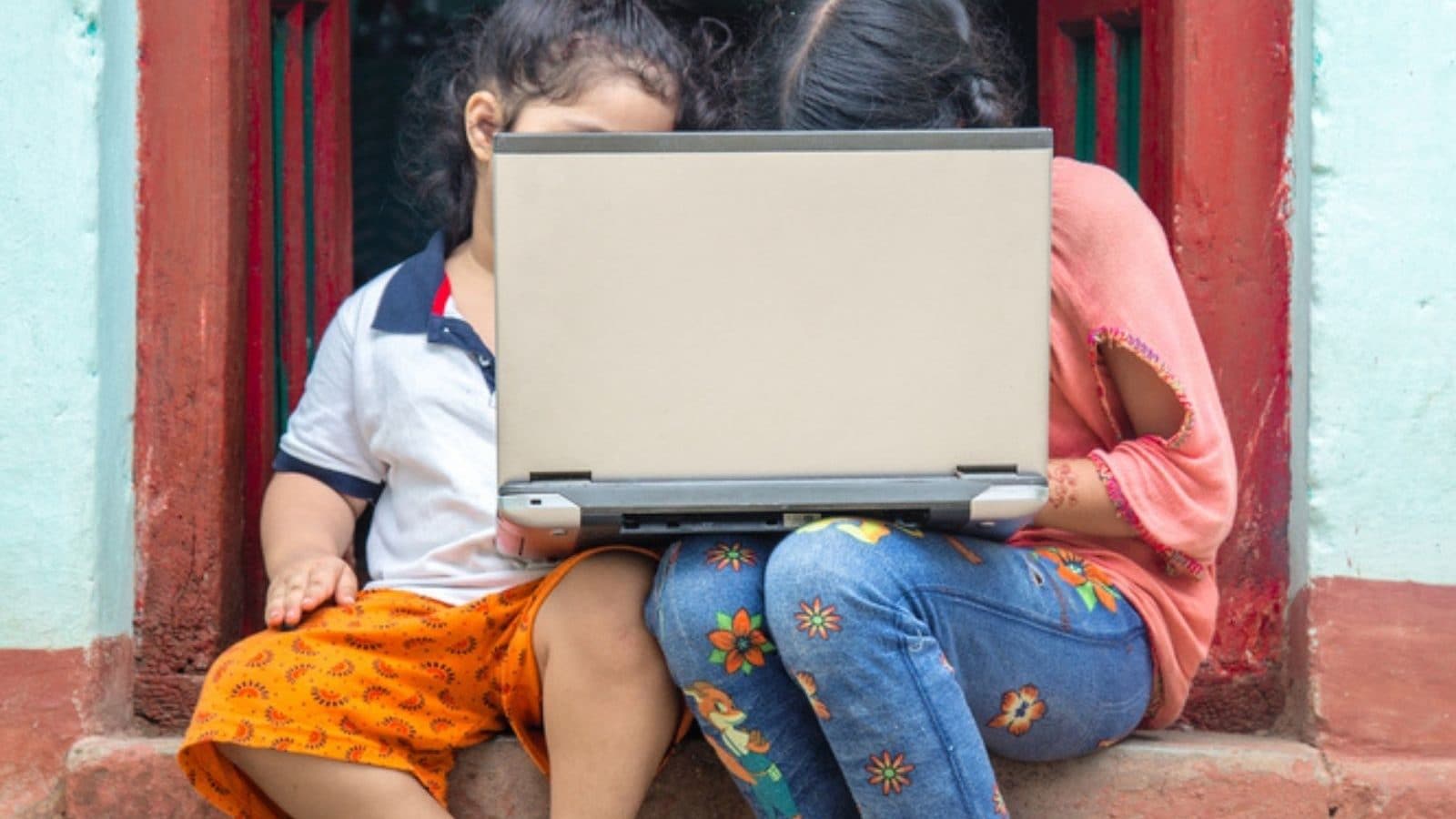The government has decided to enhance the incentive to children with disabilities to Rs 5,000 and extend the Rs 6000 transport incentive per annum per student to secondary level for students in difficult areas. A national strategy is also in the making for dropout students, especially from SC/ ST communities, and on students’ safety.
The scheme is likely to benefit 1.16 million schools, over 156 million students, and 5.7 million teachers of government and aided schools from pre-primary to senior secondary level.
Union education minister, Dharmendra Pradhan, said that the SSA 2.0 has been given a new dimension “by aligning it with the Sustainable Development Goal for Education (SDG-4) and with the recommendations of NEP 2020 to ensure that all children have access to quality education with an equitable and inclusive classroom environment which should take care of their diverse background, multilingual needs, different academic abilities.”
The cabinet committee chaired by Prime Minister Narendra Modi approved major interventions which include universal access including infrastructure development and retention, foundational literacy and numeracy, financial support for teacher salary, digital initiatives, among others.
Based on the NEP 2020 recommendations, the new interventions incorporated in the upgraded SSA are all child-centric interventions that will be provided directly to the students through DBT mode on an IT-based platform over a period of time, provision of up to Rs 500 per child for teaching-learning materials (TLM), indigenous toys and games, play-based activities per annum for pre-primary sections in government schools, for out of school children at 16 to 19 years of age, support will be provided to SC, ST, disabled children, up to Rs 2000 per child per grade to complete their secondary/ senior secondary levels through NIOS/ SOS, additional Sports grant of up to Rs 25,000 to schools in case at least two students of that school win a medal in Khelo India school games at the national level, among others.
Pradhan said: “Child safety is a concern for all and NEP and SSA have prioritised this. In private schools they have CCTVs and parents can keep track. The government is making a strategy in a big way for similar efforts in government schools. In far-flung areas, transport incentive has been extended to secondary level. For children dropping out in the age group of 16 to 19, especially for SC/ ST, a formal identification structure is being created. Also for persons with disabilities, especially females, Rs 3,000 incentive has been enhanced to Rs 5000 and the identification of the beneficiaries will happen at the district level.”
The minister said that with work in progress to connect every village with the internet, schools will benefit from this and the digital divide will be bridged. “The Country is on the threshold of a big leap towards digitalisation. In a couple of years, all the villages would be connected to the internet. Schools will be benefitted. Smart classrooms and virtual labs would become possible in all rural schools and the blackboards will be replaced by digital boards. This is a priority area of the SSA,” added Pradhan.
As per the implementation strategy, the Scheme is being implemented as a Centrally sponsored scheme through a single state implementation society (SIS) at the State level. At the national level, there is a Governing Council/ Body headed by the union education minister and a project approval board (PAB) headed by the secretary, department of school education and literacy. The governing council/ body will be empowered to modify financial and programmatic norms and approve the detailed guidelines for implementation within the overall framework of the scheme.
Source link




